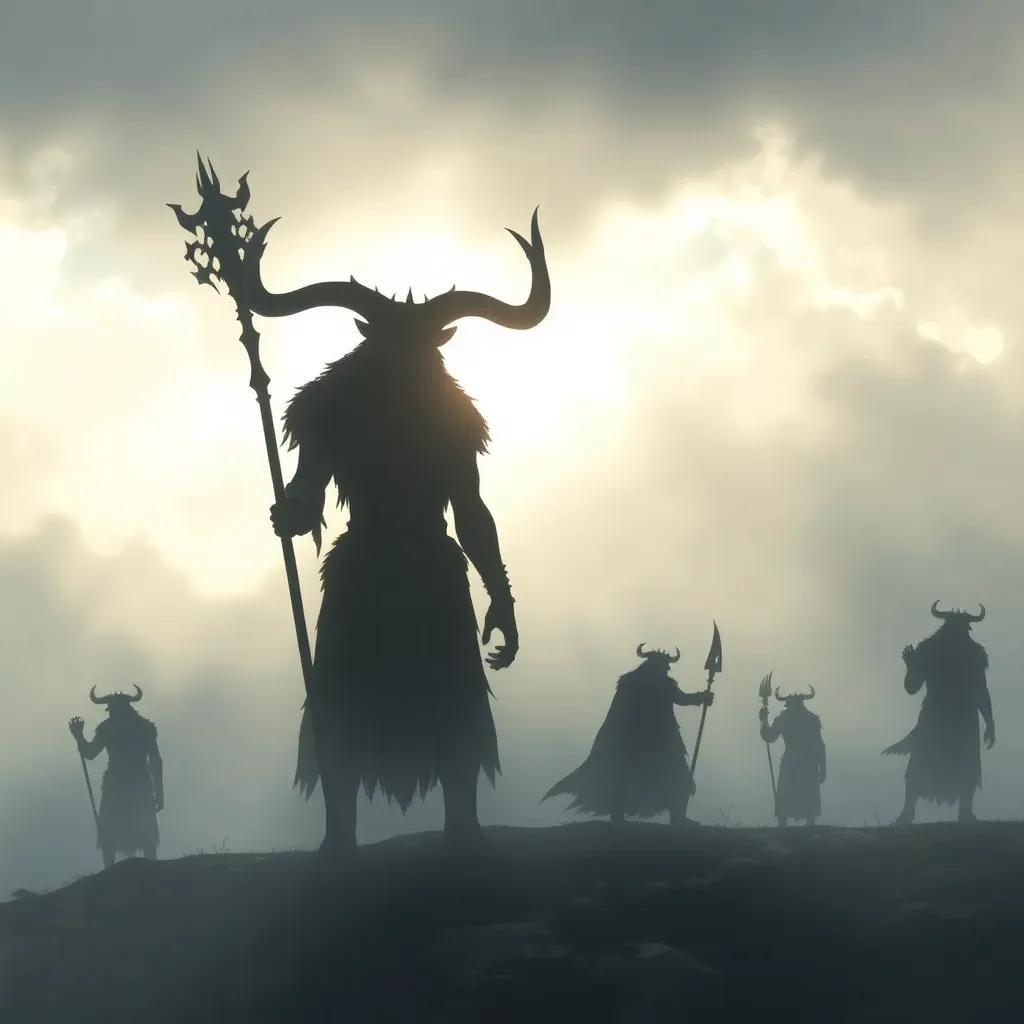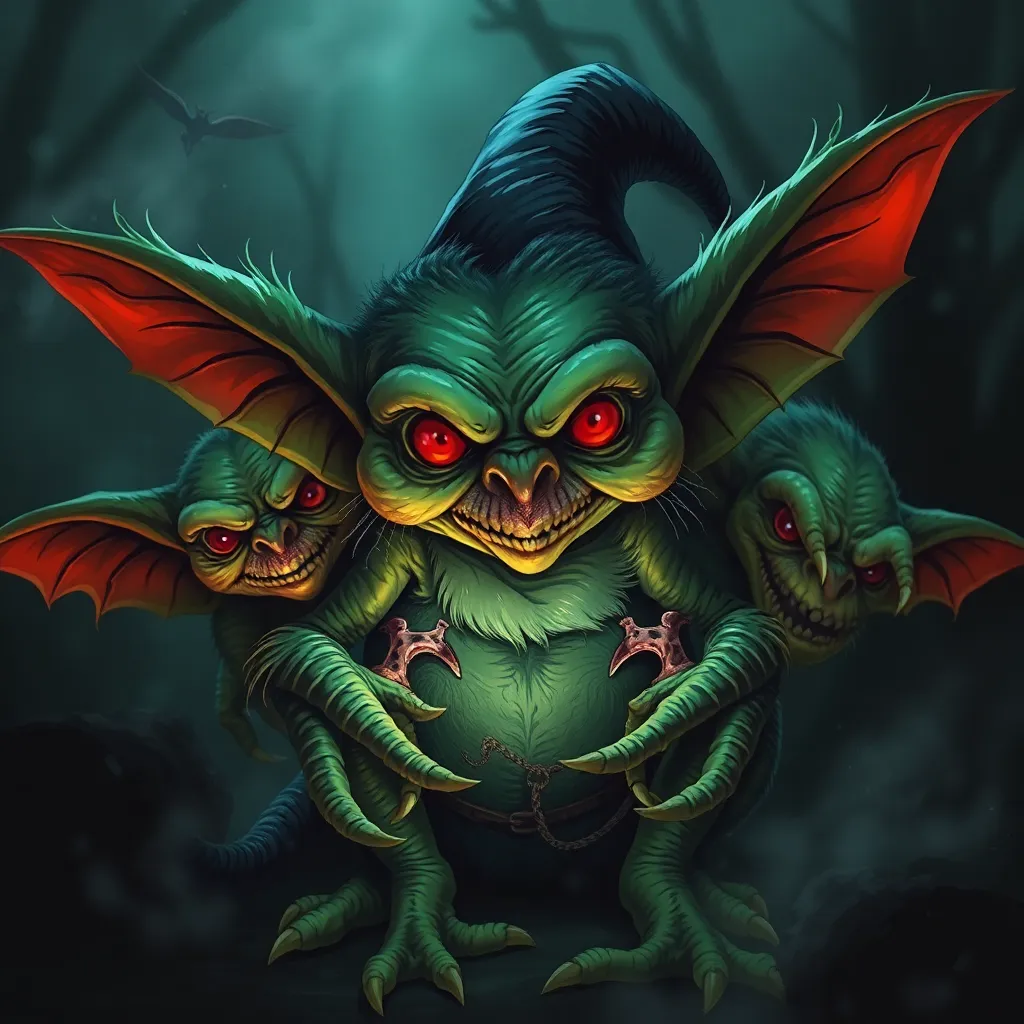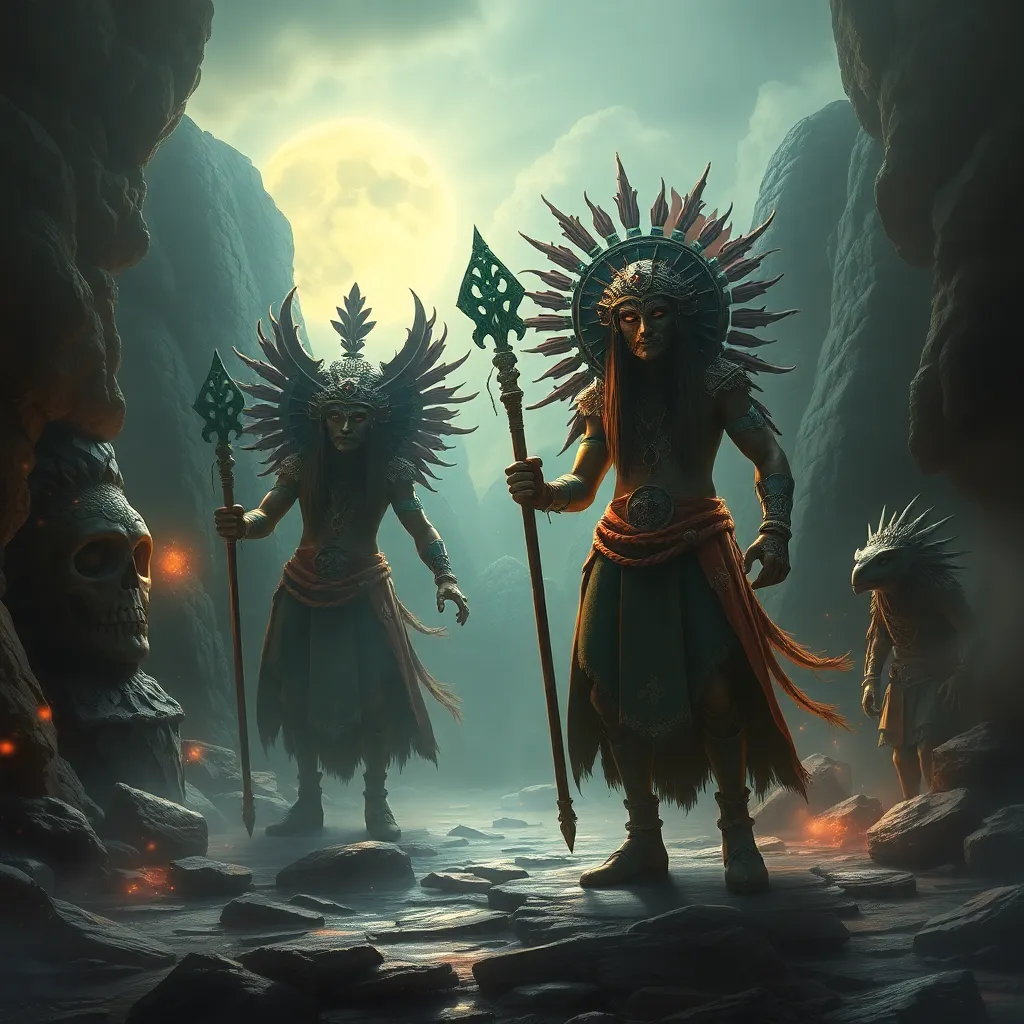Anubis: Guardian of the Underworld and Weigher of Souls
I. Introduction
Anubis, the enigmatic deity of ancient Egyptian mythology, stands as a pivotal figure in the pantheon of gods revered by the Egyptians. Often depicted as a jackal or a man with a jackal’s head, Anubis embodies the complex beliefs surrounding death and the afterlife in ancient Egyptian culture. His role was not only as a guardian of the dead but also as a guide, leading souls through the perilous journey to the underworld. Anubis’s significance in the afterlife beliefs of the Egyptians reflects the society’s intricate understanding of life, death, and what lies beyond.
II. Historical Context
A. Origins of Anubis in ancient Egyptian religion
Anubis’s origins can be traced back to the early dynastic period of Egypt, where he was initially revered as a protector of the deceased. His associations with mummification and the afterlife made him an essential figure in the religious practices of the time. The ancient Egyptians believed that Anubis presided over the embalming process, ensuring that the bodies of the dead were preserved for their journey into the afterlife.
B. Evolution of Anubis’s role through different dynasties
Throughout the various dynasties of ancient Egypt, Anubis’s role evolved significantly. During the Old Kingdom, he was predominantly seen as the god of mummification and the protector of tombs. In later periods, particularly during the Middle and New Kingdoms, his role expanded to include the weighing of souls, where he became associated with judgment and the afterlife’s moral dimensions. This evolution reflects the changing beliefs and practices surrounding death and the afterlife in ancient Egyptian society.
III. Iconography and Symbolism
A. Description of Anubis’s physical appearance
Anubis is most commonly depicted as a black jackal or as a man with a jackal’s head. The color black symbolizes fertility and rebirth, linking Anubis to the earth and the afterlife. His form is often adorned with a collar and sometimes holds a sistrum or ankh, symbols of life and protection. The jackal, a scavenger animal, is thought to represent his role as a protector of graves, as they are often found near cemeteries.
B. Symbolic meanings associated with Anubis’s features
- Black Color: Represents the fertile soil of the Nile and the concept of rebirth.
- Jackal Head: Symbolizes protection and vigilance over the dead.
- Embalming Tools: Often depicted with tools used in the mummification process, highlighting his role in funerary practices.
IV. Anubis’s Role as Guardian of the Underworld
A. Responsibilities in the afterlife process
Anubis’s primary responsibility was to guard the dead and ensure their safe passage to the afterlife. He was believed to oversee the mummification process, ensuring that the body was preserved and ready for the journey. As the protector of the tombs, Anubis also warded off malevolent spirits that could disrupt the peace of the deceased.
B. Anubis’s significance in funerary practices and burial rituals
In ancient Egyptian funerary practices, Anubis was revered during burial rituals. Priests often invoked his name as they performed the rites of mummification, emphasizing his protective role. The presence of Anubis was believed to ensure that the deceased would be treated with respect and dignity in their journey to the afterlife.
V. The Weighing of the Heart Ceremony
A. Explanation of the ceremony and its significance
The Weighing of the Heart ceremony is a central aspect of ancient Egyptian beliefs regarding the afterlife. In this ceremony, the heart of the deceased was weighed against the feather of Ma’at, the goddess of truth and justice. This act determined the soul’s worthiness to enter the afterlife.
B. Anubis’s role in the judgment of souls
Anubis played a crucial role in this ceremony as the guide and judge of the deceased. He was responsible for weighing the heart and, depending on the outcome, guiding the soul to either the Field of Reeds (a paradise) or to annihilation. His presence symbolized the balance between judgment and mercy, highlighting the moral complexities of the afterlife.
VI. Anubis in Egyptian Texts and Art
A. References to Anubis in the Pyramid Texts and other ancient writings
Anubis is frequently mentioned in the Pyramid Texts, one of the oldest religious texts in the world, dating back to the Old Kingdom. These texts provide insight into the rituals and beliefs surrounding the afterlife, often invoking Anubis as a protector and guide for the deceased. In the Coffin Texts and the Book of the Dead, Anubis is also depicted as a deity who assists the dead in navigating the underworld.
B. Depictions of Anubis in tomb art and sculptures
Artistic representations of Anubis are prevalent in tombs and temples throughout ancient Egypt. He is often shown standing over the deceased, holding a sistrum or ankh, symbolizing life and protection. These depictions served not only as a form of worship but also as a means of ensuring that Anubis would be present to aid the deceased in their journey.
VII. Anubis in Modern Culture
A. Influence of Anubis in contemporary literature, film, and art
Anubis’s influence extends beyond ancient Egypt and into modern culture. He has appeared in various forms of literature, film, and art, often embodying themes of death, mystery, and the afterlife. From novels to movies that explore Egyptian mythology, Anubis continues to capture the imagination of audiences around the world.
B. The resurgence of interest in Anubis and Egyptian mythology today
In recent years, there has been a resurgence of interest in Anubis and Egyptian mythology, fueled by popular media and academic research. This renewed fascination reflects a growing appreciation for the complexities of ancient Egyptian beliefs and their relevance to contemporary discussions about life, death, and the unknown.
VIII. Conclusion
Anubis remains an enduring symbol of ancient Egyptian beliefs about the afterlife, embodying the dual roles of guardian and guide. His significance in the afterlife process, particularly through the Weighing of the Heart ceremony, highlights the moral and spiritual dimensions of ancient Egyptian culture. As we reflect on Anubis’s legacy, we gain valuable insights into the beliefs and practices that shaped the ancient Egyptians’ understanding of life and death, and we recognize the continuing fascination with this iconic deity in modern culture.




